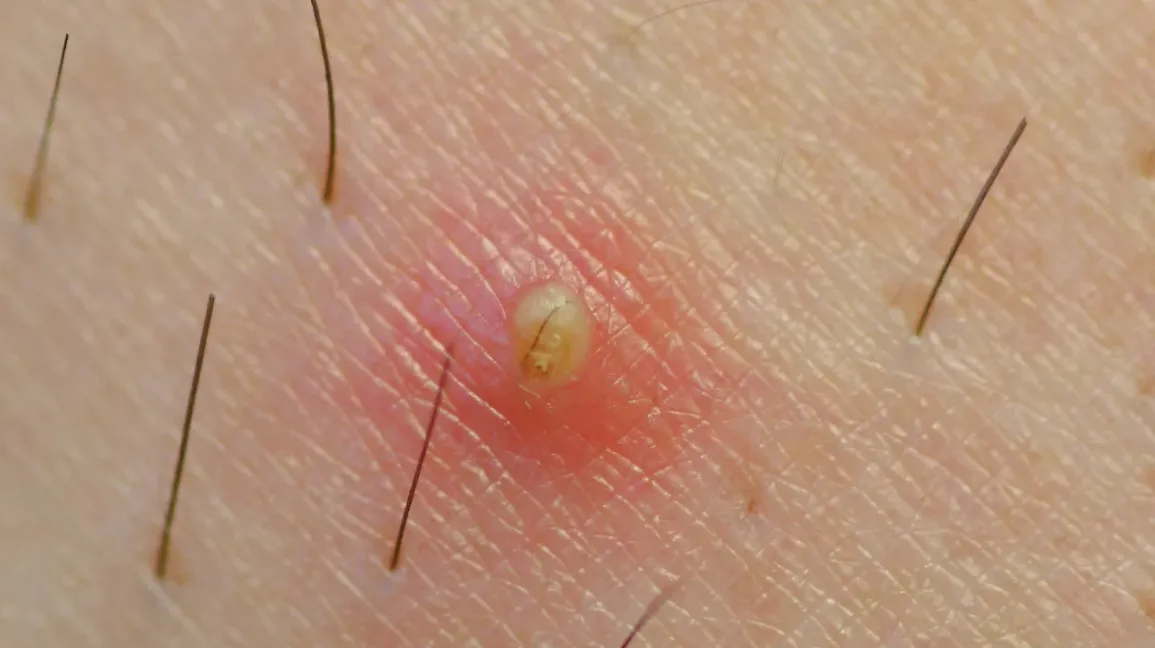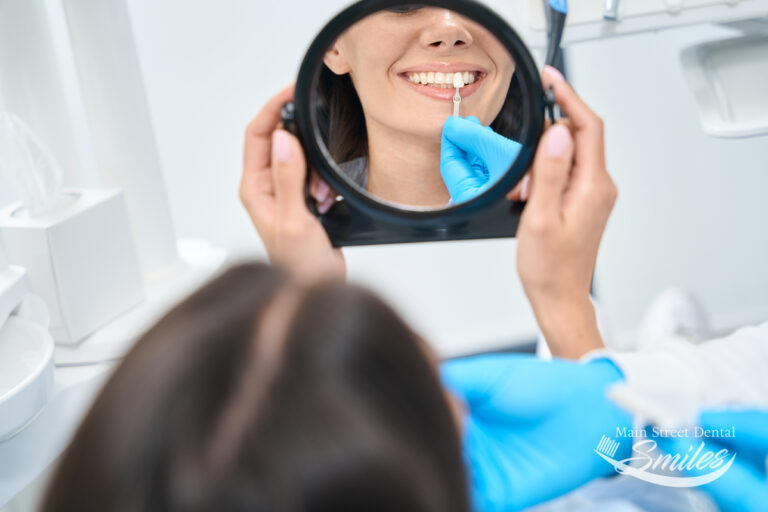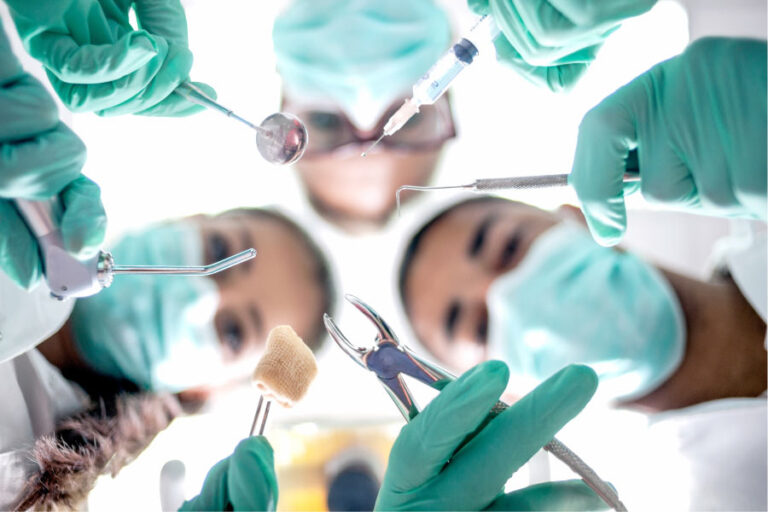A cyst is a common medical condition that can affect various parts of the body. These fluid-filled sacs or cavities can vary in size and may be found in almost any tissue or organ. While most cysts are benign and asymptomatic, understanding their nature, causes, symptoms, and treatment options is essential for managing health effectively. In this comprehensive guide, we will explore what cysts are, delve into their causes, examine common symptoms, and review available treatment options.
What is a Cyst?
A cyst is a closed sac-like structure that contains fluid, semi-solid material, or air. Cysts can form in any part of the body, including skin, organs, and bones. They are typically enclosed by a thin, outer layer called the cyst wall or capsule. Cysts can vary in size from microscopic to several centimeters in diameter.
Types of Cysts
- Epidermoid Cysts: Found under the skin, these cysts often occur due to the buildup of keratin.
- Sebaceous Cysts: These develop in the sebaceous glands, which produce oil for the skin.
- Ovarian Cysts: Located in the ovaries, these cysts are common in women and can affect menstrual cycles.
- Polycystic Kidney Disease (PKD): A genetic disorder where numerous cysts form in the kidneys.
- Ganglion Cysts: These are typically found near joints and tendons, particularly in the wrist.
Causes of Cysts
Cysts can form due to various reasons, depending on their type and location. Some common causes include:
1. Blockage of Ducts
Many cysts form when ducts or glands become blocked. For example, sebaceous cysts occur when the sebaceous glands, responsible for producing oil, become clogged.
2. Infections
Infections can lead to cyst formation as the body attempts to contain the infection. An example is a pimple or abscess that turns into a cyst.
3. Genetic Conditions
Certain genetic conditions can predispose individuals to cyst formation. Polycystic Kidney Disease (PKD) is a prime example of a genetic disorder leading to cysts in the kidneys.
4. Hormonal Changes
Hormonal fluctuations can contribute to cyst formation, especially in cases of ovarian cysts, which are influenced by the menstrual cycle.
5. Injury or Trauma
Physical trauma or injury to a particular area can lead to the formation of a cyst as part of the healing process.
Symptoms of Cysts
The symptoms of a cyst can vary widely depending on its location, size, and type. Many cysts do not cause any noticeable symptoms and are discovered incidentally during medical imaging. However, when symptoms do occur, they can include:
1. Pain or Discomfort
Some cysts, especially those that grow large or press on surrounding tissues, can cause pain or discomfort. For instance, ovarian cysts can lead to pelvic pain, while ganglion cysts may cause joint pain.
2. Swelling or Lump
A visible or palpable lump or swelling is often a sign of a cyst, particularly if it is located just beneath the skin. Epidermoid and sebaceous cysts are examples of cysts that can be felt as lumps.
3. Changes in Urination or Bowel Habits
Cysts in the kidneys or bladder can affect urination, leading to frequent or painful urination. Cysts in the gastrointestinal tract can cause changes in bowel habits, such as constipation or diarrhea.
4. Skin Changes
Cysts that occur on the skin can lead to noticeable changes, such as redness, swelling, or the formation of a visible lump.
5. Fever or Infection Signs
If a cyst becomes infected, it may be accompanied by fever, redness, swelling, and tenderness.
Diagnosis of Cysts
Diagnosing a cyst typically involves a combination of physical examination and imaging techniques. The process may include:
1. Physical Examination
A healthcare provider may perform a physical examination to assess the size, location, and consistency of the cyst. This initial evaluation helps determine if further testing is needed.
2. Ultrasound
Ultrasound imaging is a common method used to visualize cysts, especially those in the abdomen, pelvis, or breasts. It helps determine the size and characteristics of the cyst.
3. CT Scan or MRI
For more detailed imaging, a CT scan or MRI may be used. These methods provide cross-sectional images of the body and can help identify the location and extent of the cyst.
4. Biopsy
In some cases, a biopsy may be necessary to determine if a cyst is benign or malignant. This involves removing a small sample of the cyst tissue for microscopic examination.
Treatment Options for Cysts
Treatment for cysts depends on various factors, including the type of cyst, its size, and whether it is causing symptoms. Options include:
1. Observation
If a cyst is small, asymptomatic, and benign, it may simply be monitored over time. Regular check-ups and imaging may be recommended to ensure it does not grow or cause complications.
2. Medication
In cases where a cyst causes discomfort or pain, medication may be prescribed. Pain relievers or anti-inflammatory drugs can help manage symptoms.
3. Drainage
For cysts that are painful or causing problems, drainage may be performed. This involves using a needle or catheter to remove the fluid or material from the cyst. It may provide temporary relief, but cysts can sometimes recur.
4. Surgical Removal
Surgical removal is often recommended for larger or problematic cysts. The procedure involves excising the cyst and its capsule to prevent recurrence. Surgery may be performed under local or general anesthesia, depending on the cyst’s location and size.
5. Treatment of Underlying Conditions
If the cyst is associated with an underlying condition, such as an infection or hormonal imbalance, treating that condition can help manage or resolve the cyst.
Prevention of Cysts
While not all cysts can be prevented, certain measures may reduce the risk of cyst formation:
1. Good Hygiene
Maintaining good hygiene, especially in areas prone to cyst formation, can help prevent infections that might lead to cysts.
2. Healthy Diet and Lifestyle
A balanced diet and regular exercise can support overall health and potentially reduce the risk of certain types of cysts, such as those related to hormonal imbalances.
3. Regular Medical Check-ups
Regular check-ups with a healthcare provider can help identify and monitor any potential cysts early on, allowing for timely intervention if needed.
Conclusion
Understanding cysts, their causes, symptoms, and treatment options is crucial for managing this common medical condition effectively. While most cysts are benign and do not pose serious health risks, being informed about their nature and seeking appropriate medical care can help ensure optimal health and well-being. If you suspect you have a cyst or experience symptoms, consult a healthcare professional for proper diagnosis and treatment.













